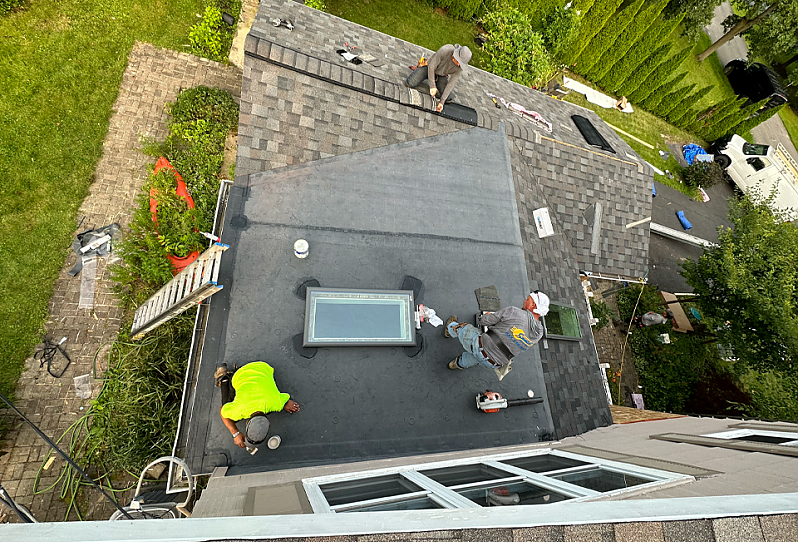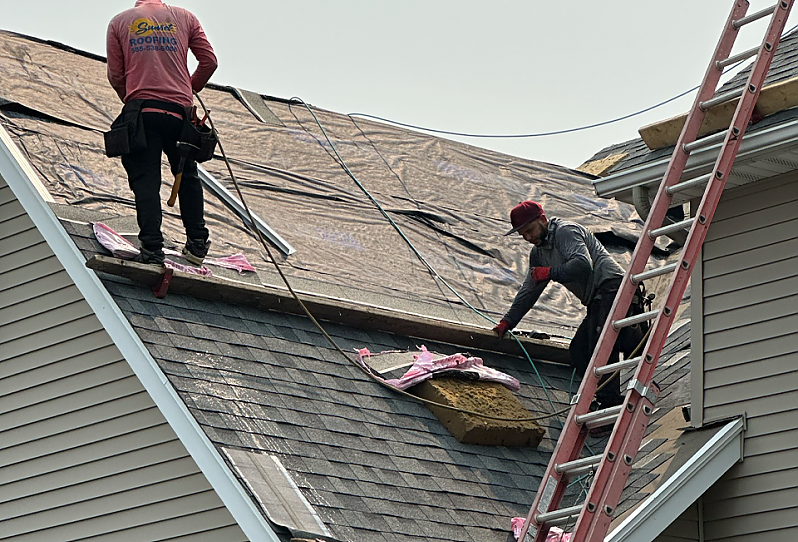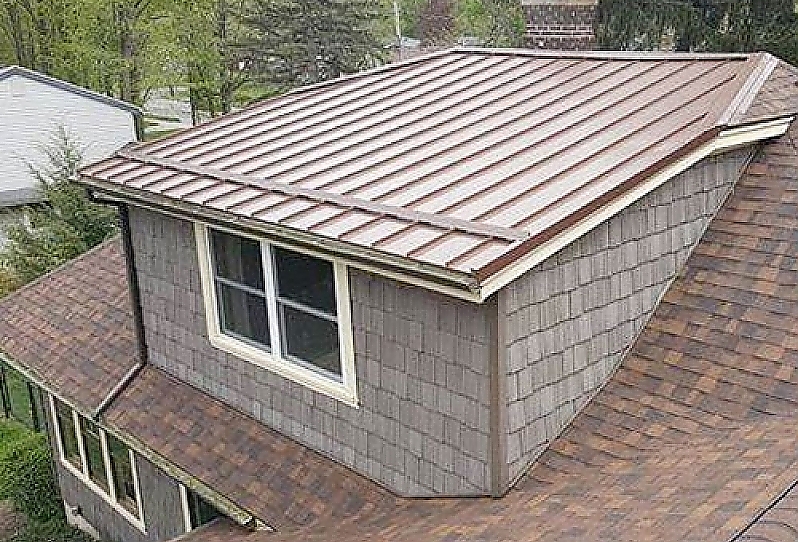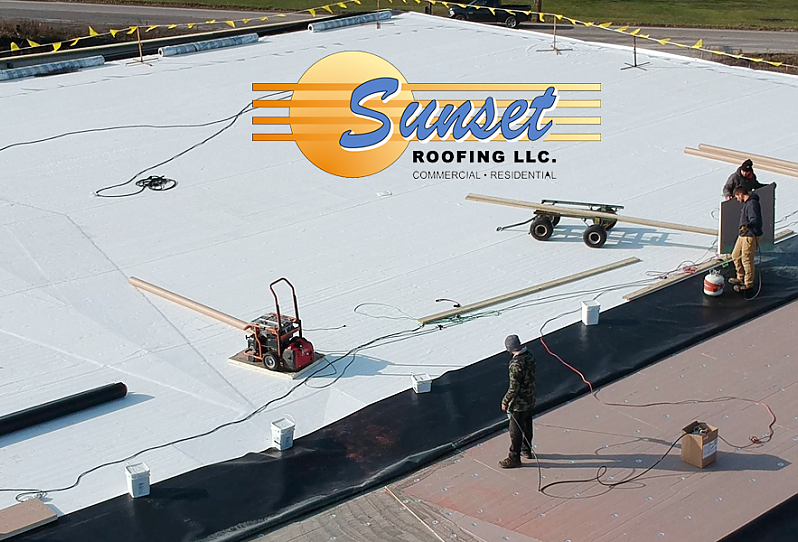Blog
Common Roofing Problems to Watch for as Temperatures Drop
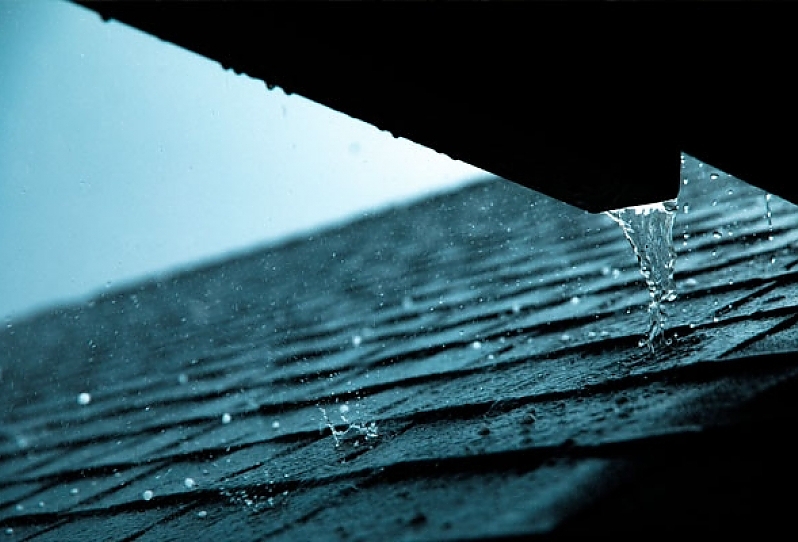
As the temperatures begin to drop in Rochester, NY, your roof takes on additional responsibilities in keeping your home safe, warm, and dry. Cold weather can expose or even create roofing issues that may not be noticeable during warmer months. At Sunset Roofing, we want to ensure your roof is ready to face the changing seasons. Here are some common roofing problems to watch out for as the temperatures decrease, along with tips on how to prevent or address them.
1. Shingle Damage
Why Cold Weather Affects Shingles
Shingles can become brittle in cold weather, making them more susceptible to cracking, curling, or breaking. Fluctuating temperatures, especially if combined with moisture, can cause shingles to expand and contract, leading to cracks or weakened areas. Damaged shingles may allow water to seep into your roof structure, causing leaks and other issues.
What to Look For
As temperatures drop, inspect your roof (or have a professional do it) for shingles that appear curled, cracked, or missing granules. These signs indicate that the shingles may not effectively protect your roof during the winter months.
Schedule a Shingle Inspection Today! Ensure your roof is in top shape before winter sets in. Request a free quote from Sunset Roofing for a shingle inspection and repair.
2. Ice Dams Formation
What Are Ice Dams?
Ice dams form when heat from inside your home rises and melts the snow on your roof, causing water to flow to the edges where it refreezes. This can create a dam that prevents proper drainage, leading to pooled water on your roof. Ice dams can damage your shingles, gutters, and even the interior of your home if the water backs up and leaks.
How to Prevent Ice Dams
Ensure your attic is properly insulated and ventilated. A well-ventilated attic helps maintain a consistent roof temperature, which reduces the likelihood of ice dams forming. Cleaning your gutters before winter can also prevent water buildup, which contributes to ice dam formation.
Protect Your Roof from Ice Dams! Avoid ice dam damage with proper insulation and ventilation. Request a free quote from Sunset Roofing for an inspection and guidance on preventing ice dams.
3. Leaks and Water Intrusion
How Cold Weather Can Cause Leaks
Cold weather can worsen existing leaks or create new ones. As water freezes and thaws, it expands and contracts, which can widen existing gaps or cracks in your roof. Snow and ice buildup can trap moisture against the roof surface, causing leaks to form if there are vulnerable spots.
What to Watch For
Look for any water stains on your ceilings or walls, which could indicate a leak. If you notice damp spots or discoloration, it’s important to have a professional assess the situation before winter fully sets in.
Prevent Leaks This Winter! Stop leaks before they start by scheduling a pre-winter inspection. Request a free quote with Sunset Roofing and keep your home safe and dry.
4. Gutter Clogs and Overflow
Why Gutters Matter in Cold Weather
Your gutters play a crucial role in directing water away from your roof and home. However, fallen leaves and debris can clog gutters, especially in the fall. When temperatures drop, clogged gutters can lead to overflow and water buildup, which can contribute to ice dams, leaks, and even roof damage.
How to Maintain Gutters in Fall and Winter
Clear your gutters before temperatures drop to prevent clogs. Check them periodically throughout the fall and winter to ensure they remain clear and can handle snowmelt and winter rains effectively.
Prevent winter roof issues by maintaining clean gutters.
5. Flashing Damage
The Importance of Roof Flashing
Flashing is the metal material placed around roof features like chimneys, vents, and skylights to prevent water from seeping into your home. Cold weather, snow, and ice can cause flashing to warp, crack, or separate from your roof over time, leaving gaps that allow water intrusion.
Signs of Flashing Problems
Inspect the flashing around your roof’s features for any visible signs of rust, separation, or cracks. Addressing flashing damage early can help prevent leaks and water damage throughout the winter months.
Secure Your Roof’s Vulnerable Areas! Prevent water damage with properly sealed flashing. Request a free quote from Sunset Roofing to inspect and repair your roof’s flashing.
6. Condensation in the Attic
Why Condensation Occurs in Winter
When warm air from your living space rises into a poorly ventilated attic, it can condense on cold surfaces, leading to moisture buildup. This condensation can create an ideal environment for mold growth, wood rot, and even insulation damage. It also makes your roof susceptible to water damage.
How to Prevent Condensation
Ensure your attic is properly ventilated to allow warm, moist air to escape. Adequate ventilation will help regulate temperature and prevent condensation from forming on cold surfaces.
Improve Your Attic Ventilation! Protect your roof from condensation issues this winter. Request a free quote from Sunset Roofing for an attic ventilation assessment.
Rochester NY Roofing Quote
Preparing your roof for winter’s challenges can save you from unexpected repairs and costly damage down the line. By addressing common cold-weather roofing problems such as shingle damage, ice dams, gutter clogs, and poor ventilation, you’ll help protect your roof and keep your home safe throughout the season. At Sunset Roofing, we’re here to help Rochester homeowners maintain their roofs through the winter and beyond.
Get Ready for Winter with Sunset Roofing! Contact us today to schedule a roofing inspection or maintenance service before the temperatures drop further. Request a free quote and let our experts ensure your roof is ready to handle the Rochester winter.
‹ Back



